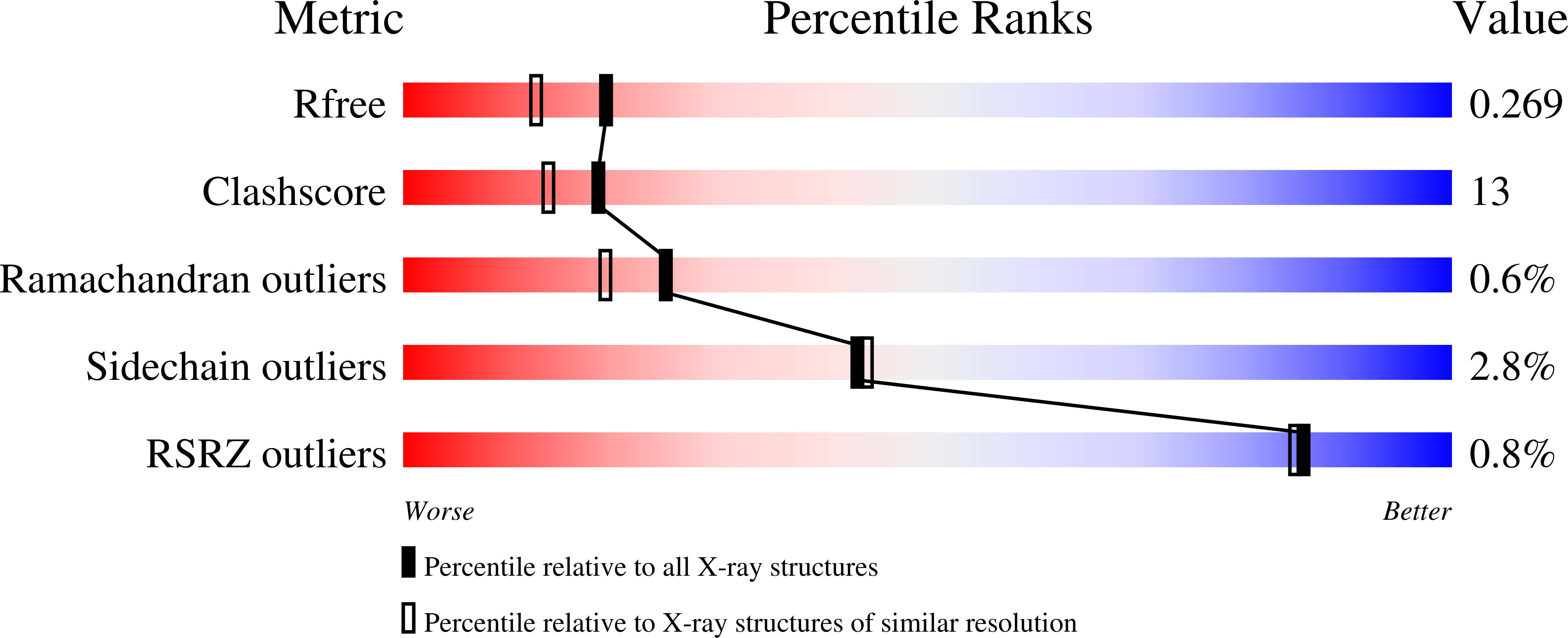
Deposition Date
2006-01-05
Release Date
2006-06-06
Last Version Date
2023-08-30
Method Details:
Experimental Method:
Resolution:
2.00 Å
R-Value Free:
0.27
R-Value Work:
0.22
R-Value Observed:
0.22
Space Group:
P 1


